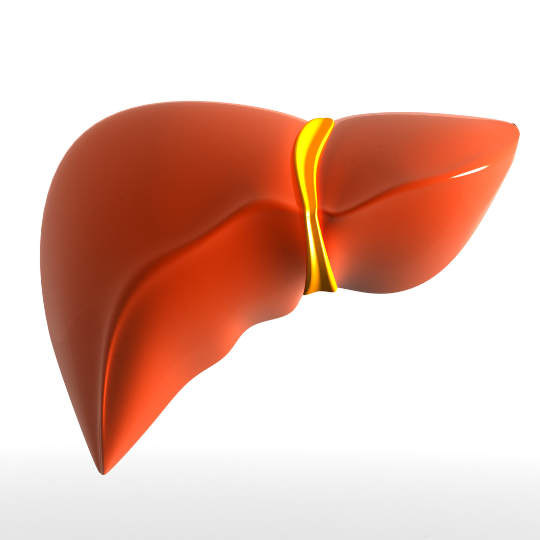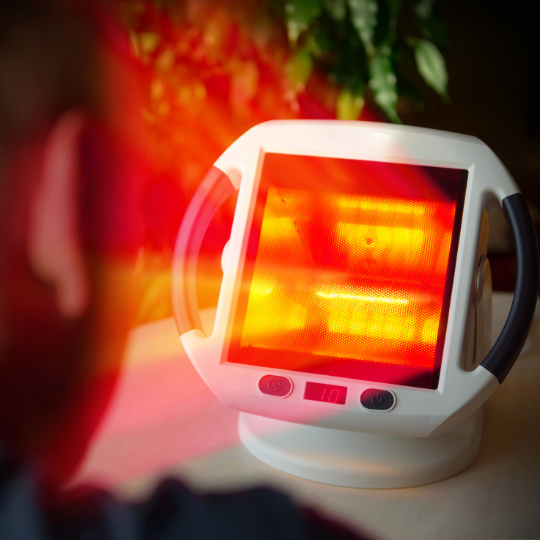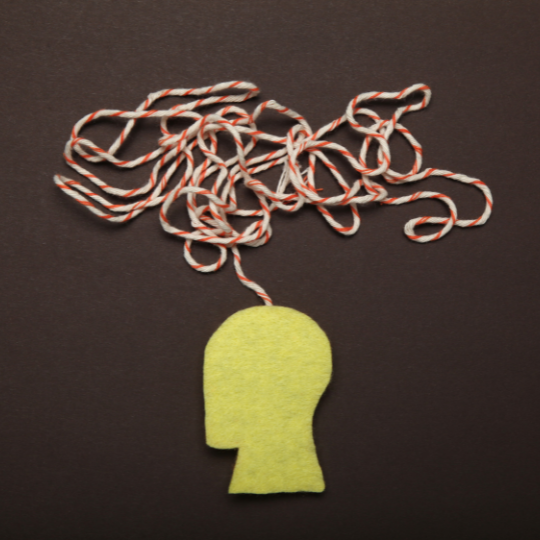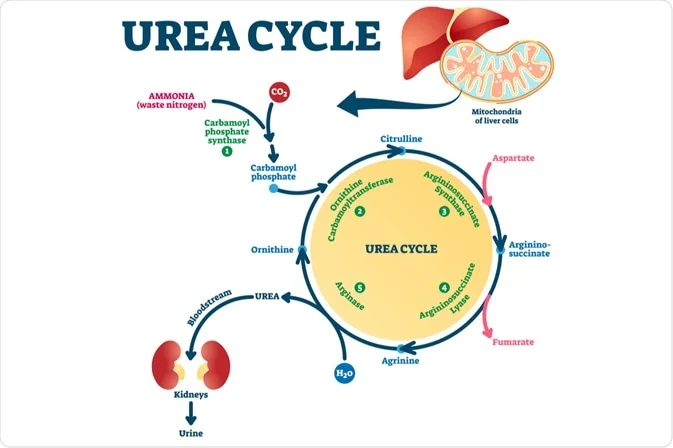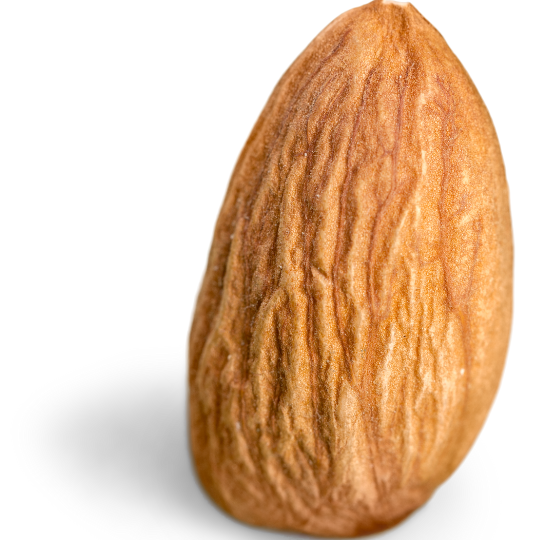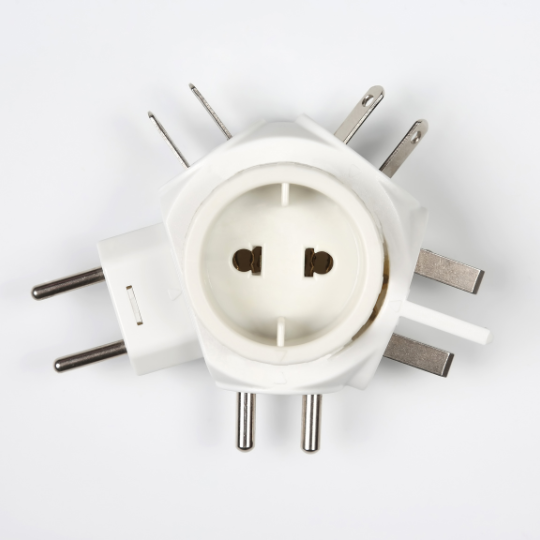We all know that our body requires a constant supply of nutrients in order to function properly. The way we obtain nutrients is through our diet (although we wish we could do photosynthesis, that would definitely make things easier). Nutritionally speaking, our diet is a source of macro and micronutrients. The main macronutrients are fats, carbohydrates, and proteins, and each of these is digested, broken down into their basic components and absorbed in a different way.

Macronutrient breakdown
Fats (a.k.a. lipids) are broken down in the small intestine by enzymes called lipases. Lipases work by hydrolysing the fat molecules into smaller units called fatty acids and glycerol. These smaller units are then absorbed into the bloodstream through the small intestine and transported to the liver, which then further processes fatty acids.
Carbohydrates, which can be divided into sugars, starches and fiber, are also broken down in the small intestine. Sugars and starches are broken down into small carbs units called monosaccharides, which are then absorbed by the small intestine and then enter the bloodstream, where they can be used as an energy source or stored for later use (in the form of glycogen or fat). But fiber is a special case, it passes through the digestive system largely undigested, but it can be fermented by gut microbiota bringing a lot of benefits to your health.
Proteins are perhaps the most complex of the macronutrients. They are digested by the small intestine and broken down into amino acids, their basic units. This process is carried out by proteases, which work to hydrolyse the protein molecules into their constituent amino acids. These amino acids are then absorbed into the bloodstream and transported to the liver, which further metabolizes them.
Liver and bile
The liver is a very important organ which is in charge of eliminating toxins, metabolizing fats and proteins, and storing glycogen. In addition to metabolism, the liver also synthesizes and utilizes a substance called bile, which is then stored in the gallbladder until it is needed for digestion.

Bile acts as an emulsifier to the fats, breaking them down into smaller units that can be more easily digested by the lipases. But how exactly is bile released by the gallbladder? Well, when fats are present in the small intestine, the hormone cholecystokinin is released, which causes the gallbladder to contract and release bile into the small intestine.
Bile is also important for the absorption of fat-soluble micronutrients, such as vitamins A, D, E and K. These vitamins are dissolved in the bile and released into the small intestine, which then are absorbed along with the fatty acids and glycerol.
Macros-hormones-enzymes interaction. Plus Genes
The process of digestion and absorption of fats, carbohydrates, and proteins is a complex and carefully regulated system, because it is crucial to keep us alive. Without the ability to break down and utilize these macros, the body would be unable to obtain the energy and nutrients to survive.
There are certain interactions between macronutrients during the digestive process that are very complex and involve a number of enzymes, hormones, and other substances. Here are a few key ones:
- Proteins and carbs interaction: Proteins are broken down by proteases, enzymes that need a basic environment to function properly. This is where carbs give a helping hand: while carbs are broken down, bicarbonate is produced as a byproduct in the small intestine. This bicarbonate neutralizes the acidity of the stomach content, creating the basic environment perfect for proteases to work in
- Fats and carbs fight for digestion: fats and carbs are absorbed through the wall of the small intestine into the bloodstream, where they are transported to the liver for further processing. However, this absorption is not always efficient, and sometimes fats and carbs fight to get priority absorption. What happens? The presence of high levels of fat in the diet can inhibit the absorption of carbohydrates, while high levels of fiber (non-digestible carbs) can interfere with the absorption of fat
- Cholecystokinin and fats: as mentioned above, bile is released into the small intestine to emulsify fats. The hormone cholecystokinin is released when fats are detected in the body, which stimulates bile’s release to break down fats into smaller units (fatty acids and glycerol), which can be easily digested by lipases.
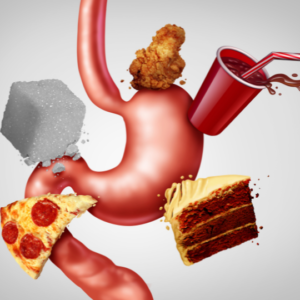
But there are other factors that might influence how you digest and absorb nutrients. As always, genetics plays a very important role in your digestive processes. There are several genetic predispositions, or SNPs, that can regulate digestion and bile synthesis and utilization. For example:
- PEMT is related to the production of phosphatidylethanolamine, a compound involved in the synthesis of bile acids. Patients with PEMT SNPs may have reduced production of bile, and thus problems with digesting fats. A recommendation for these patients is that they try a diet low in saturated fats and high in plant-based foods and fiber. Also, they might also benefit from supplementation with phosphatidylcholine, a metabolite of phosphatidylethanolamine (Song et al, 2005) .
- FADS are enzymes related to the metabolism of essential fatty acids, such as omega-3 and omega-6 fatty acids. Individuals with FADS SNPs may have difficulties with converting fatty acids into their active forms, which can affect bile synthesis, absorption of fat-soluble micronutrients and even neurological problems. These patients might benefit from a diet rich in fatty fish (such as salmon) and plant-based sources of omega-3 (such as chia seeds, flax seeds, walnuts etc.). Supplementation with EPA and DHA may also be beneficial (Mathias et al., 2014).
- ACATs are related to the metabolism of cholesterol, which is a key component of bile acids. ACAT SNPs cause individuals to be at risk for developing high cholesterol and heart disease. Patients may benefit from a diet low in saturated fats and high in plant-based foods and fiber; supplementation with plant sterols and stanols, may block the absorption of cholesterol, also being helpful to address these types of SNP (Calvalho, et al. 2019).
- SLCOs are related to the transport of bile acids and other substances across the walls of the small intestine. SLCO SNPs produce impaired bile acid transport and may increase the risk of developing malabsorption syndromes and other digestive issues. Some dietary interventions that may benefit individuals with these SNPs are high fiber diets, and supplementation of choline and inositol, which can support healthy bile acid transport (Millar et al., 2010).
- ABCCs are related to the transport of bile acids and other substances across the walls of the liver. Persons with ABCC SNPs may have impaired bile acid transport and may be at risk of developing liver damage and other health issues. To address this, alcohol ingestion reduction, and low-fat diets may be beneficial, as well as avoiding substances that can damage the liver. Some supplements that support liver health are milk thistle, and N-acetyl cysteine (NAC) (Hu, et al., 2014).
These are just some examples of a wide range of genetic predispositions that may affect digestion and absorption of nutrients. A key element in your genetic and metabolic optimization journey.
Remember that at Nutrifix we specialize in helping people address their genetic predispositions in order to live a long healthy and joyful life.
